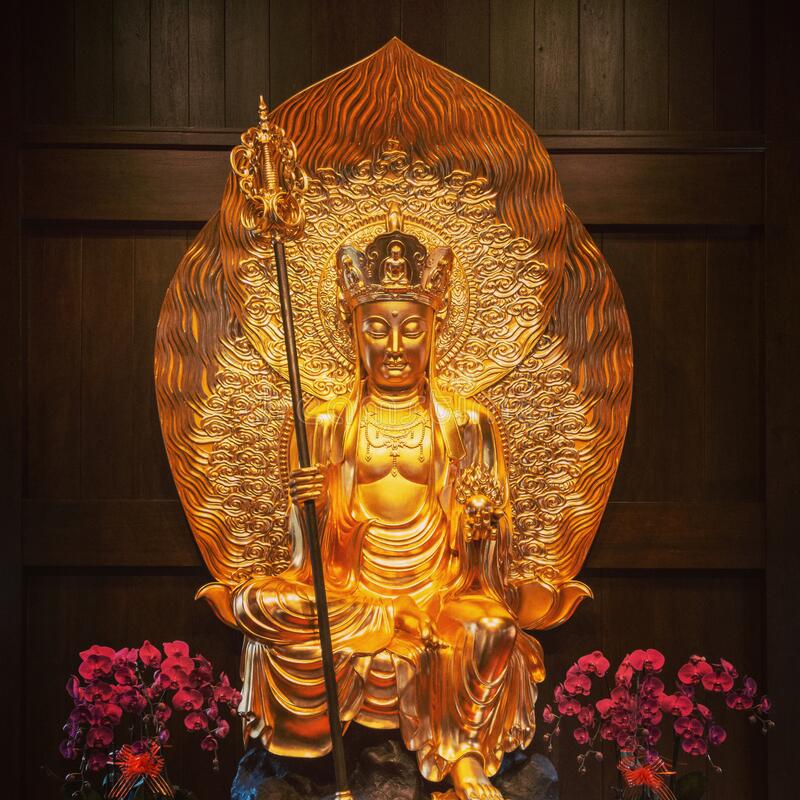The Purusasukta continues from verse 2 with the following. (The sanskrit transliterations, and many of my thoughts on the Purusasukta, have come from studying the book Christ in the Ancient Vedas by Joseph Padinjarekara (346 pp. 2007))
| English Translation | Sanskrit Transliteration |
| The creation is the glory of Purusa – so great is his majesty. Still he is greater than this creation. One fourth of [the personality of] Purusa is in the world. Three fourths of Him are still living eternally in heaven.Purusa arose upwards with three quarters of himself. One Quarter of Him was born here. From that He spread life in all living beings. | Etavan asya mahima ato jyayamsca PurusahPado-asya visva bh u tani tripad asyamrtm diviTripad urdhva udait purusah padou-asyeha a bhavat punah tato visvannvi akramat sasananasane abhi |
Imagery is used here that is difficult to understand. However it is clear that these verses are speaking about the greatness and majesty of Purusa. It states quite clearly that He is greater than creation. We can also understand that only a part of his greatness is manifested in this world. But it also speaks of His incarnation into this world – a world of people where you and I live (‘one quarter of Him was born here’). So when God came down in His incarnation he manifested only a part of His glory in this world. He emptied Himself in some way when He was born. This is consistent with how Purusa was described in verse 2 – having ‘limited himself to 10 fingers’.
This is also consistent with how Veda Pusthakan (Bible) describes the incarnation of Jesus of Nazareth. It says of him that
My purpose is that … they may have the full riches of complete understanding, in order that they may know the mystery of God, namely, Christ, in whom are hidden all the treasures of wisdom and knowledge. (Colossians 2:2-3)
So Christ was the incarnation of God but the manifestation of it was largely ‘hidden’. How was it hidden? It explains further:
Your attitude should be the same as that of Christ Jesus:
6 Who, being in very nature God,
did not consider equality with God something to be grasped,
7 but made himself nothing,
taking the very nature of a servant,
being made in human likeness.
8 And being found in appearance as a man,
he humbled himself
and became obedient to death—
even death on a cross!
9 Therefore God exalted him to the highest place
and gave him the name that is above every name, (Philippians 2:5-9)
So in his incarnation Jesus ‘made himself nothing’ and in that state prepared himself for his sacrifice. His revealed glory was only partial, just like the Pususasukta states. This was because of his coming sacrifice. The Purusasukta follows the same theme since after these verses it turns from describing the partial glory of the Purusa to focus on his sacrifice. We look at that in our next post.

